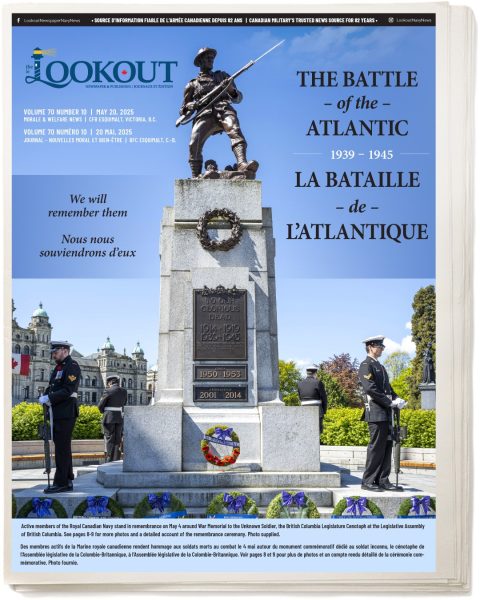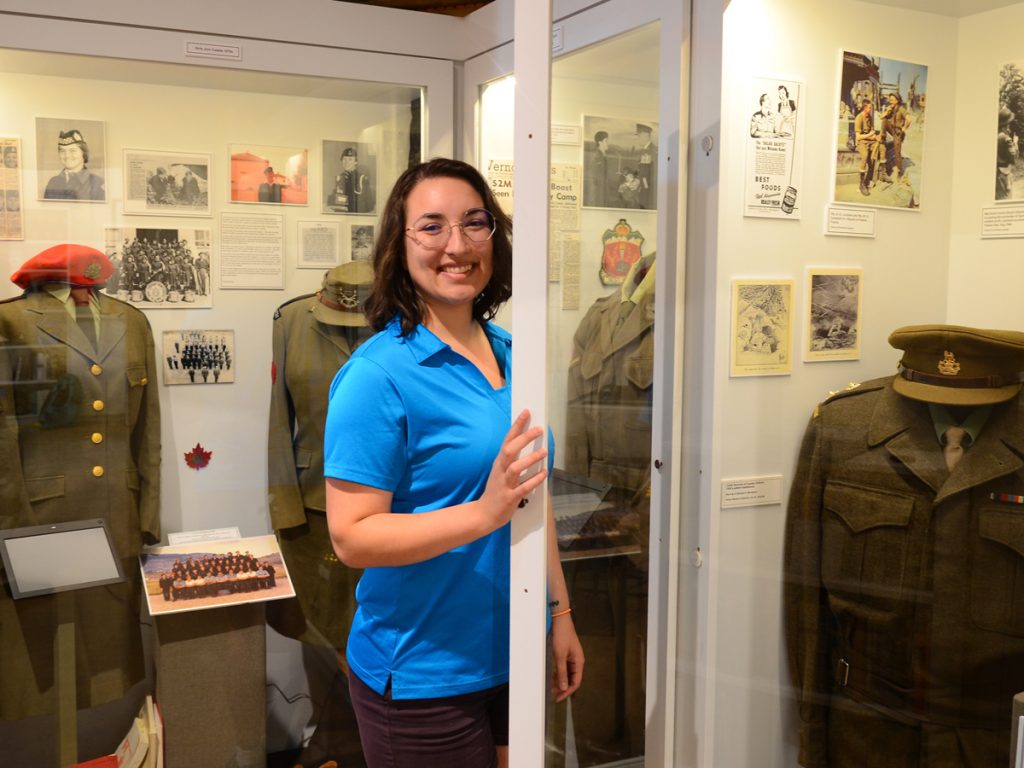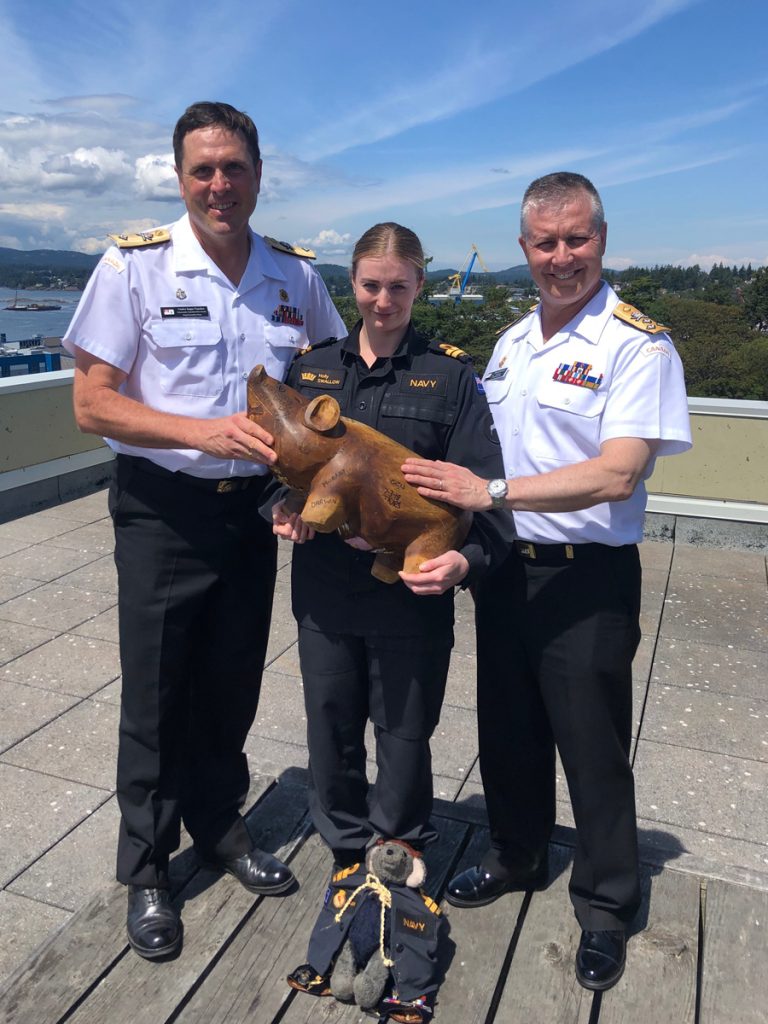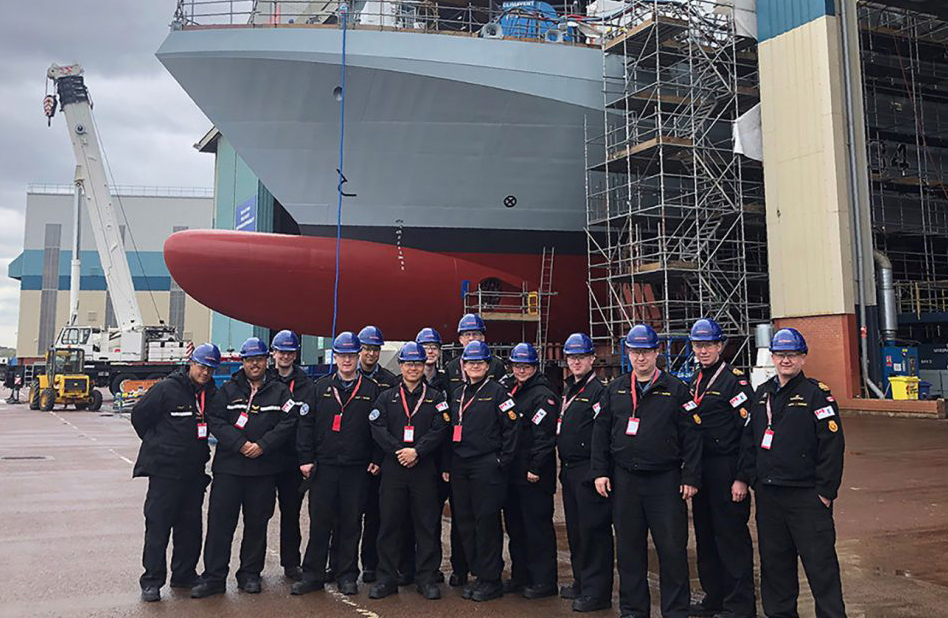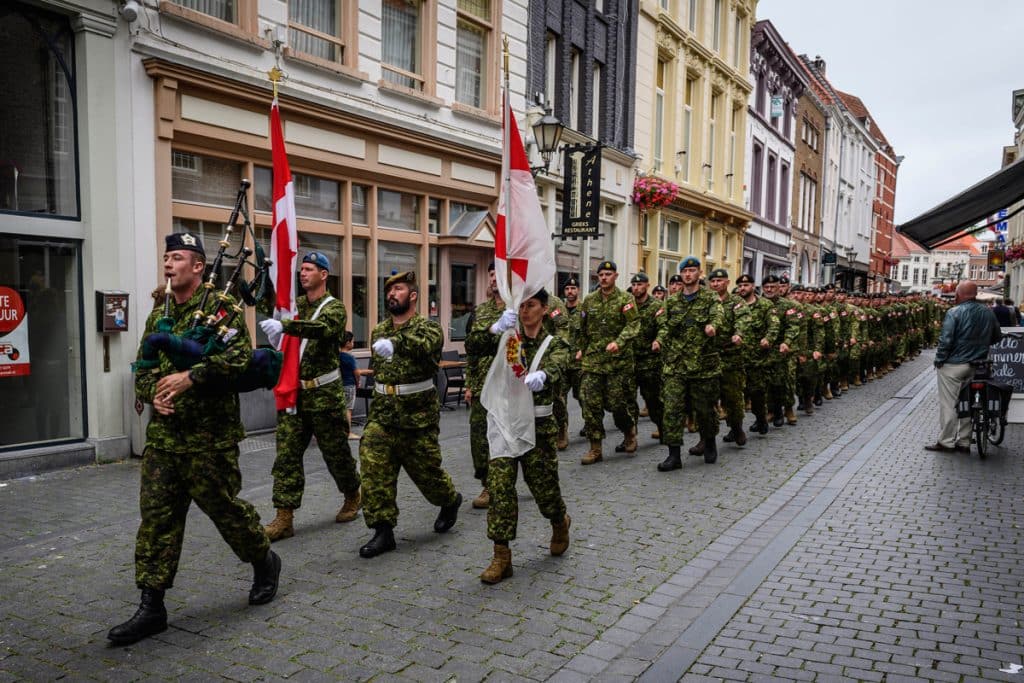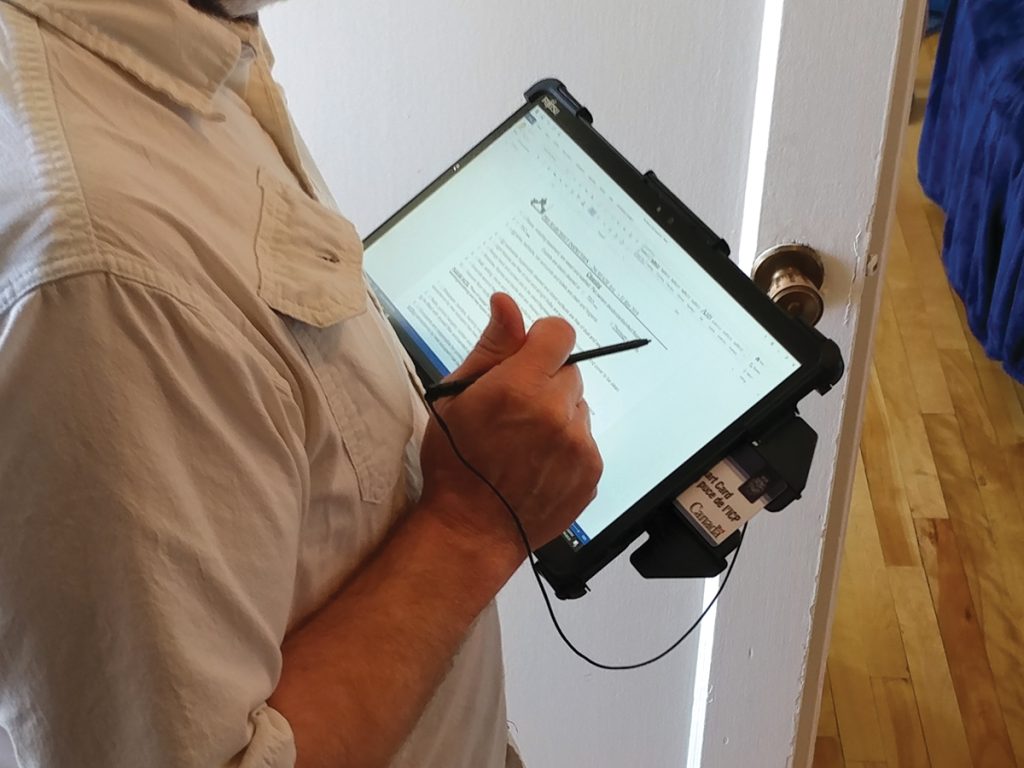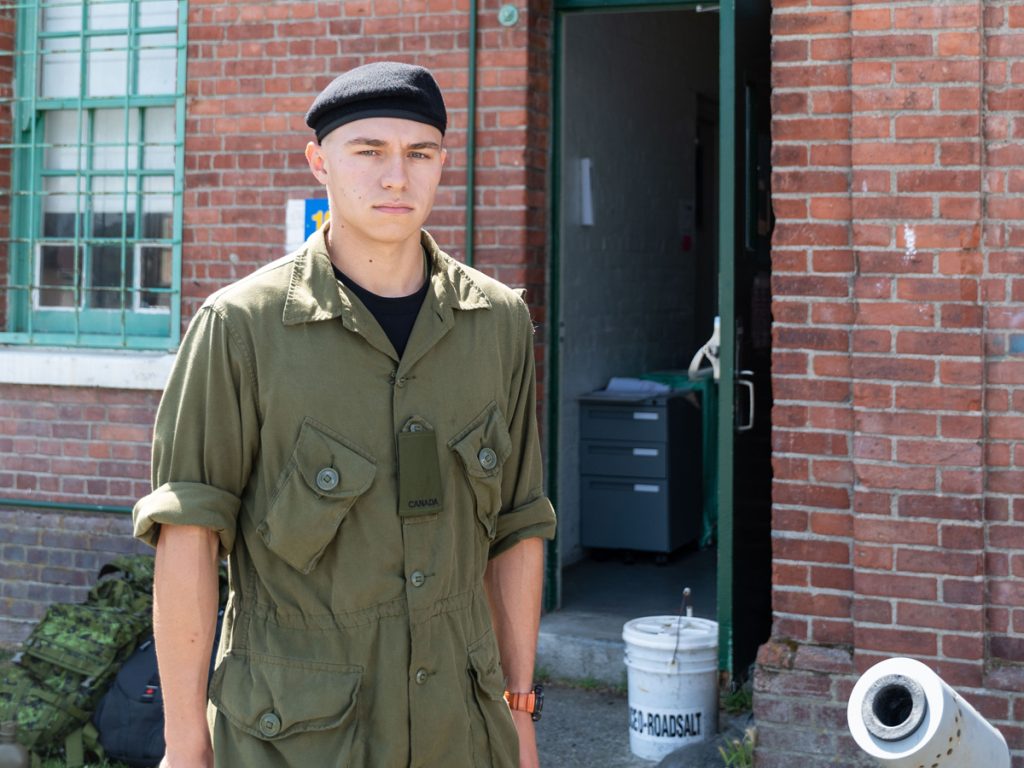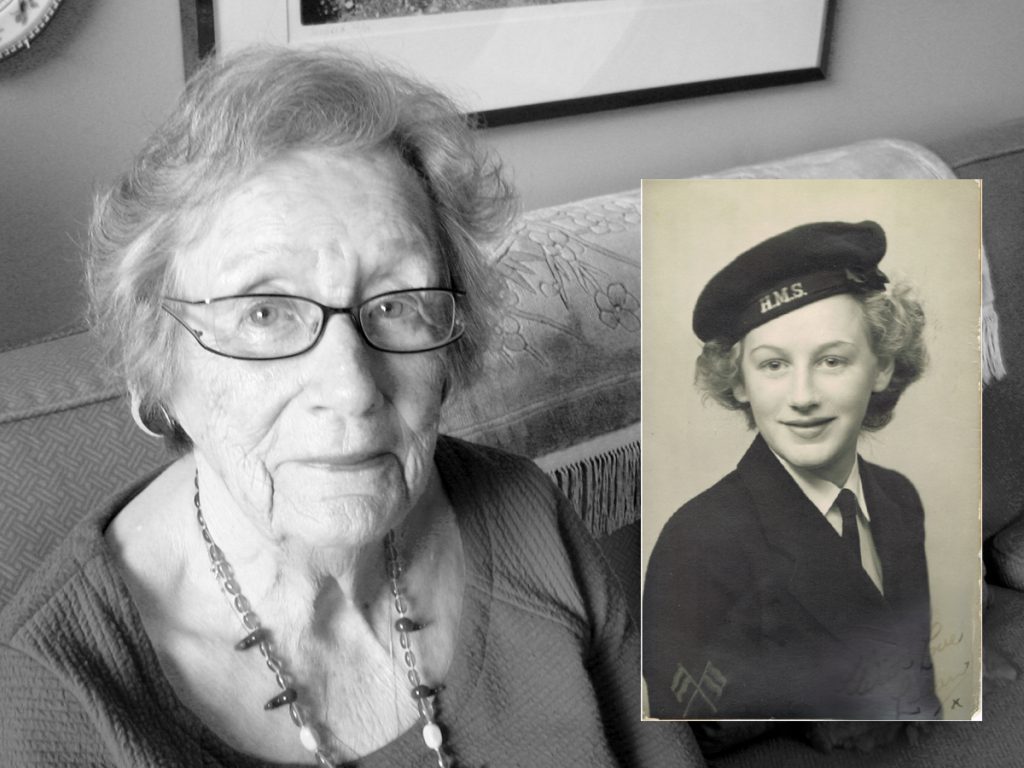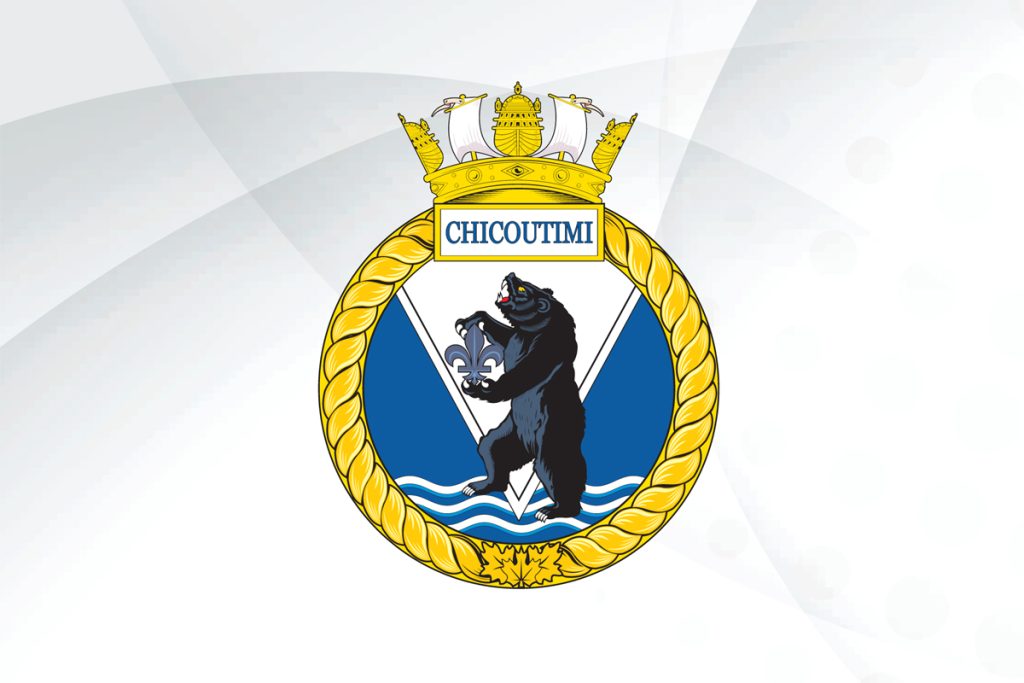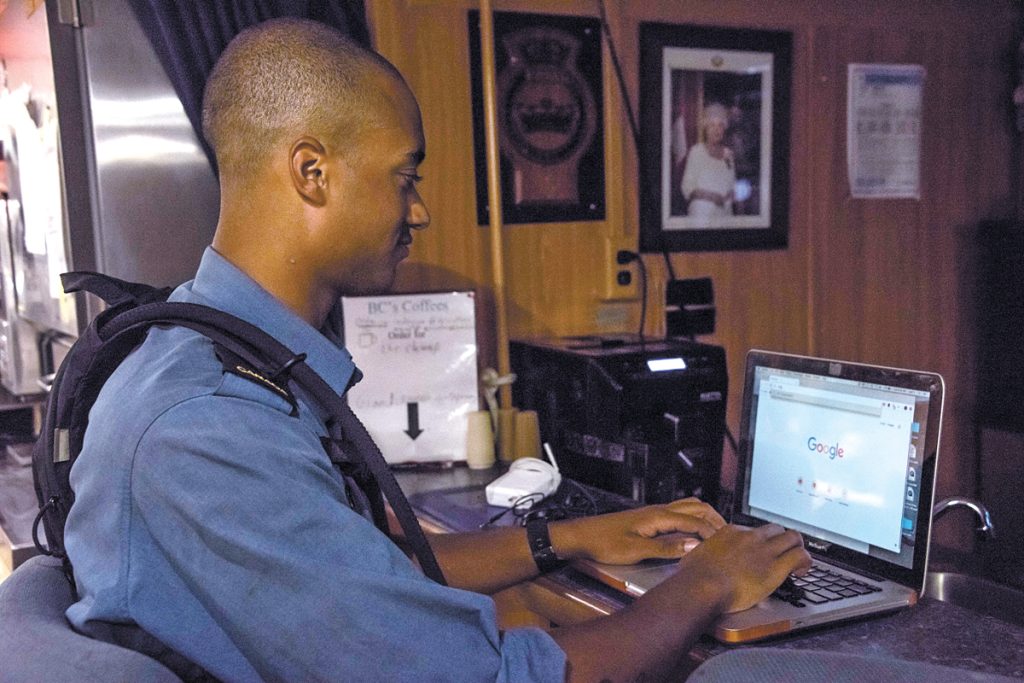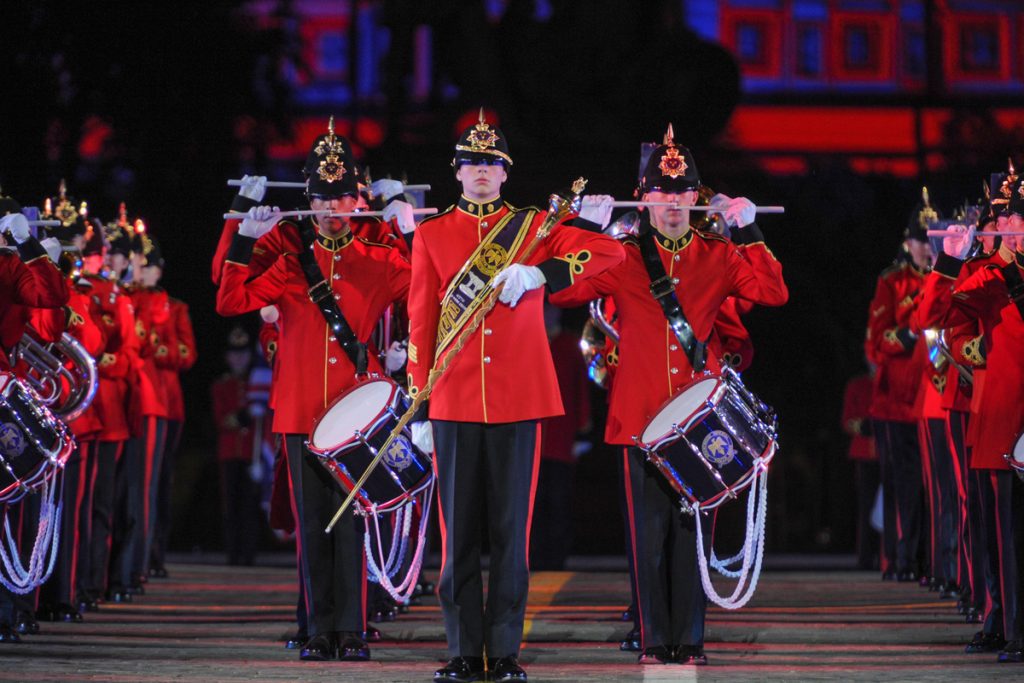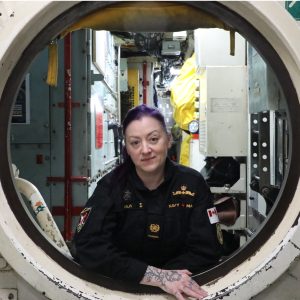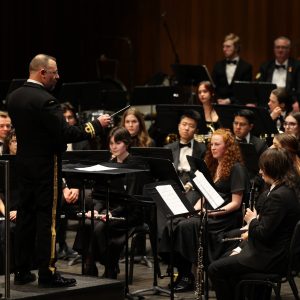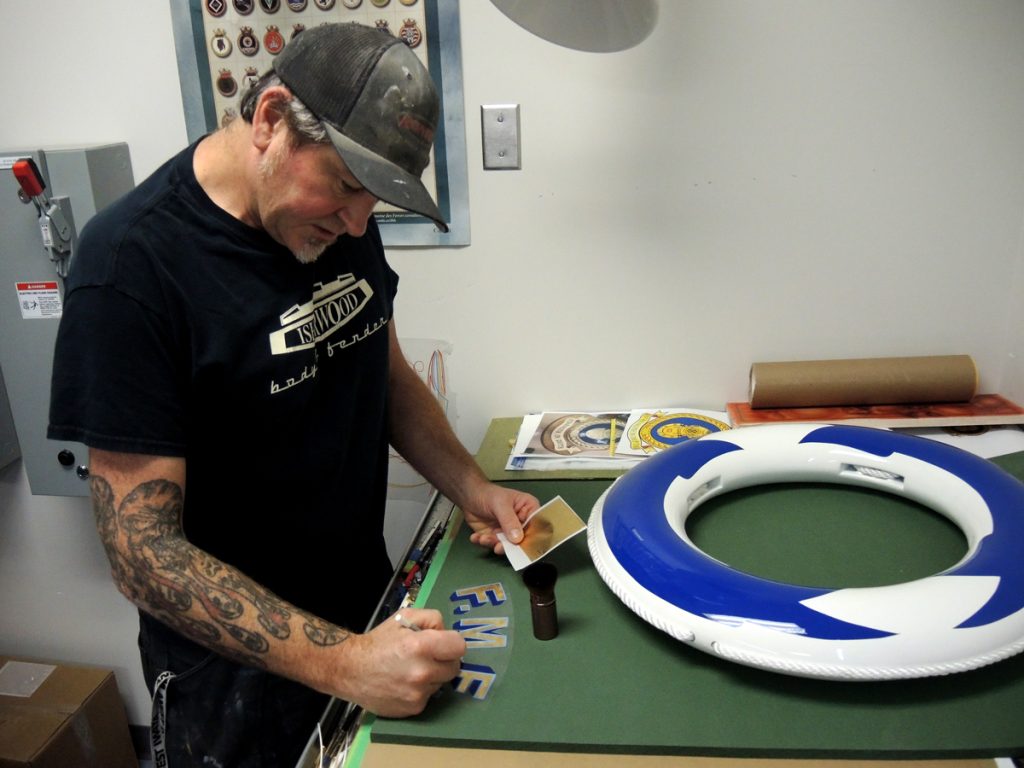
Lord of the Rings
[caption id="attachment_21337" align="alignnone" width="592"] Ryan Yeomans works on a Kisbee ring in his Fleet Maintenance Facility work shop. Photo by Peter Mallett, Lookout[/caption]Peter Mallett, Staff Writer ~If you’ve wondered who creates the decorative Kisbee rings that adorn Royal Canadian Navy warships and units of CFB Esquimalt, you aren’t alone says their maker. Craftsman Ryan Yeomans works his magic on those doughnut-shaped flotation devices from an art studio in Fleet Maintenance Facility Cape Breton. For the past 12 years he has been the man responsible for transforming the safety rings into ceremonial display items. “They are the first thing you see when you cross the brow on a ship, but most sailors think they come from a warehouse and are made on an assembly line. They don’t realize how much work goes into creating these and that they are all done by hand.” It’s a complicated labour-intensive process involving continued attention to detail, says Yeomans. The lifebuoys are made of plastic, filled with foam and orange in colour when they come to his shop from manufacturer Aer-o-buoy. He removes the manufacture’s rope that covers their circumference. A thicker more attractive gage rope will be attached later by workers from the rope shop. He then washes the ring, sands it, and sprays an epoxy sealer and polyurethane finish before adding coats of navy blue and white paint. It can take up to two days for the paint job and layers of protective coating to dry. It is at this point Yeomans’ steady hands are showcased.He carefully outlines the ship or unit’s name on the blue ribbon he’s painted on the ring. Then he fills the letters with sizing glue, waits an hour for it to dry, and applies 23 carat gold leaf sheets. The sheen from the gold is what makes the letters pop and...
